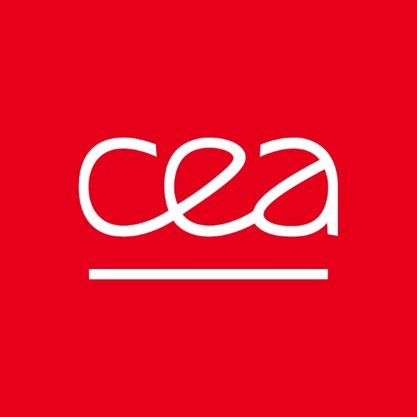-
Complex systems and software engineering
-
Quality of life - Health - Food
Infectious Disease Models and Innovative Therapie (IDMIT)
Research unit
The national infrastructure in Health Biology IDMIT is composed of advanced laboratories allowing i) the development and validation of preclinical models (non-human primates / HNP) of infected animals, ii) tracking and / or discovery of markers molecular and / or cellular aspects of infection, inflammation, iii) study (efficacy, safety), improvement (immunogenicity, biodistribution) of new vaccines and innovative therapeutic solutions, and iv) imaging follow-up vivo transmission, dissemination of pathogens, vaccines, nano-objects, or therapeutic molecules (proteins, peptides, aptamers, microbicides ...). The IDMIT infrastructure is associated with several research and technology development teams located on the Kremlin Bicêtre hospital site, which facilitates the transition from innovative preclinical research to clinical practice. IDMIT benefits from laboratories and class 2, 3 and 3 (aerosol) laboratories allowing studies on non-human primates of many infectious pathogens (viruses, bacteria, parasites), as well as the development of preclinical models in relation with the biology threat. IDMIT notably has new technologies such as flow cytometry coupled to mass spectrometry (CyTof), and is developing a single platform in Europe for in vivo imaging involving non-human primates: optical imaging (biosponium microspie on primates) ), MRI (collaboration with MirCen), nuclear imaging (PET-CT). The presence within IDMIT of OncoDesign (Laboratoire PharmImmune) ensures professionalisation and conformity of the industry type of studies and relations, particularly towards industrial partners. Finally, IDMIT hosts a team (Axénis) from Genoway, a team specializing in the development of humanized mice for their immune system, which makes it possible to test / verify the efficacy of new drugs, vaccines or treatments.
Innovation themes
- Complex systems and software engineering
- Software design, big data, cloud, high performance computing
- Modelling and simulation
- Quality of life - Health - Food
- Therapeutic technologies (drugs, genetics, biomarkers, biomolecules, etc.)
- Animal health and nutrition
- Food safety and quality
- E-health, well-being, prevention, silver economy
18, route du Panorama
CEA/DRF/iMETI/U 1184/IDMIT, Bâtiment 62
92265 FONTENAY-AUX-ROSES
Expertises
- flow and mass cytometry
- in vivo imaging of infection and immunity
- animal sciences
- etablishing of PNH type animal models
- pharmacokinetics and biodistribution of pathogens, vaccine, therapeutic solutions
- aerosol transmission of pathogens
- management of biological resources
- bio-informatics and data statistics
- results modeling
Applications sectors
- IT / software
- Biotechnology
- Health / wellness
- Other industry
Total number of employees
Number of researchers : 29
Number of doctoral students : 13
Equipment(s) open to collaboration
- in vivo imaging: PETscan, microscopy, fluorescence imaging, Cellvizio® DualBand Mauna Kea Technologies, FluobeamTM (FB700 and FB500), Fluoptics, in vivo bi-photonic microscopy suitable for large animals (non-human primates), PET-CT adapted to non-human primates.
- cellular Phenotyping: CytoF (Helios II), secure tri-cell, flow cytometry (Aria BD, Canto II FAC, Fortessa LSR, LSR II)
- BATLab: laboratory information management system (LIMS)
- Biological Resource Center
- Storage -80 ° C and -150 ° C, nitrogen gas rooms
Keywords
Valuation offer
Flow cytometry, CyToF, immuno-monitoring, optical in vivo imaging (fluorescence, biphotonics on primates), in vivo nuclear imaging (PET-CT on primates), Biobanking.
Software:
LIMS BatLab and CytoCompare: tool / script which has the vocation to be integrated in batlab in order to allow the comparison between cell populations identified by automatic gating algorithms.
Biological material:
Preclinical animal models (non-human primates).
Projects examples
- new vaccines of new therapeutic strategies, new prophylactic strategies (vaccines), new microbicides, immunity adjuvants, biodistribution, pharmacokinetics in primates.
Against pathogens such as: HIV / AIDS, Chickungunya,Dengue fever, Zika, Yellow fever, Influenza, Hepatitis,Tuberculosis, Malaria, Chlamydia, Pertussis, Ebola.
Industrial and scientific relations
Scientific collaborations
- the infrastructure is open to any academic or private collaboration, regional, national or international
- strong interaction / collaboration with the national genotyping center
Private collaborations
- collaboration with several major companies
Establishments of affiliation



